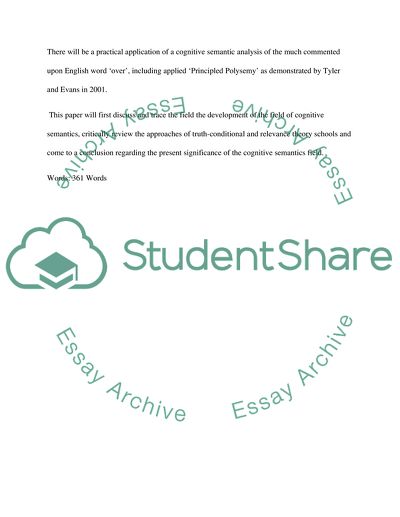Cite this document
(Development of Cognitive Semantics, the Approaches of Essay - 1, n.d.)
Development of Cognitive Semantics, the Approaches of Essay - 1. Retrieved from https://studentshare.org/english/1748039-english-language-meaning-linguistics-you-can-find-every-thing-in-the-file
Development of Cognitive Semantics, the Approaches of Essay - 1. Retrieved from https://studentshare.org/english/1748039-english-language-meaning-linguistics-you-can-find-every-thing-in-the-file
(Development of Cognitive Semantics, the Approaches of Essay - 1)
Development of Cognitive Semantics, the Approaches of Essay - 1. https://studentshare.org/english/1748039-english-language-meaning-linguistics-you-can-find-every-thing-in-the-file.
Development of Cognitive Semantics, the Approaches of Essay - 1. https://studentshare.org/english/1748039-english-language-meaning-linguistics-you-can-find-every-thing-in-the-file.
“Development of Cognitive Semantics, the Approaches of Essay - 1”, n.d. https://studentshare.org/english/1748039-english-language-meaning-linguistics-you-can-find-every-thing-in-the-file.


